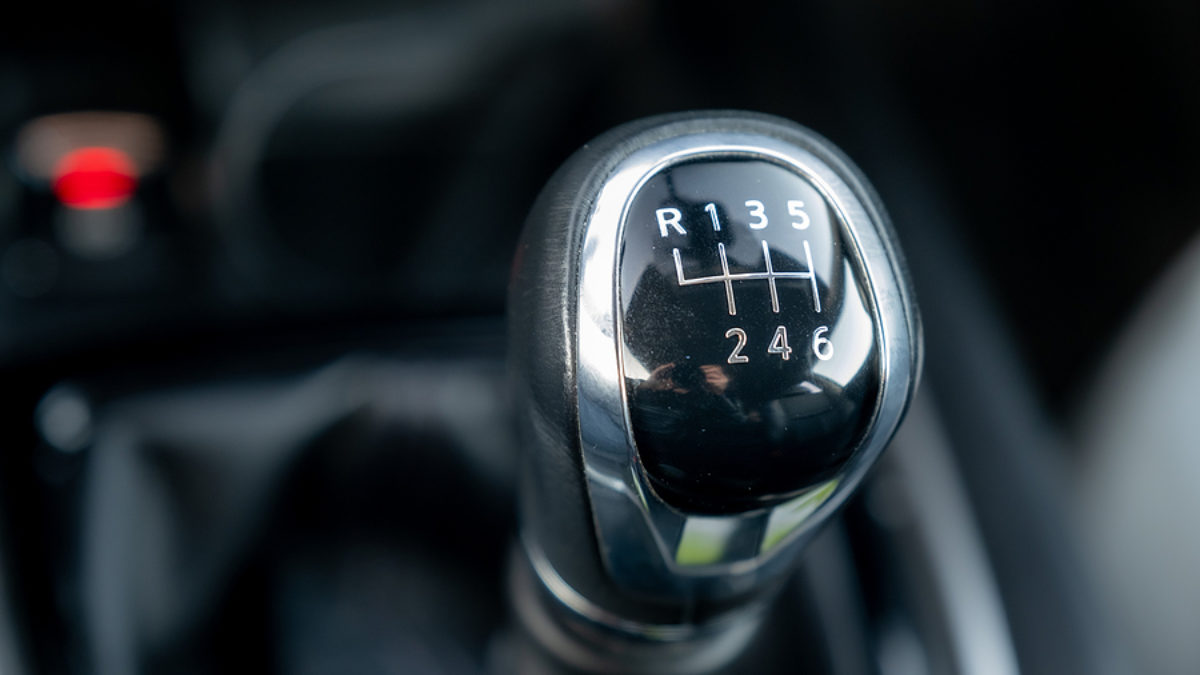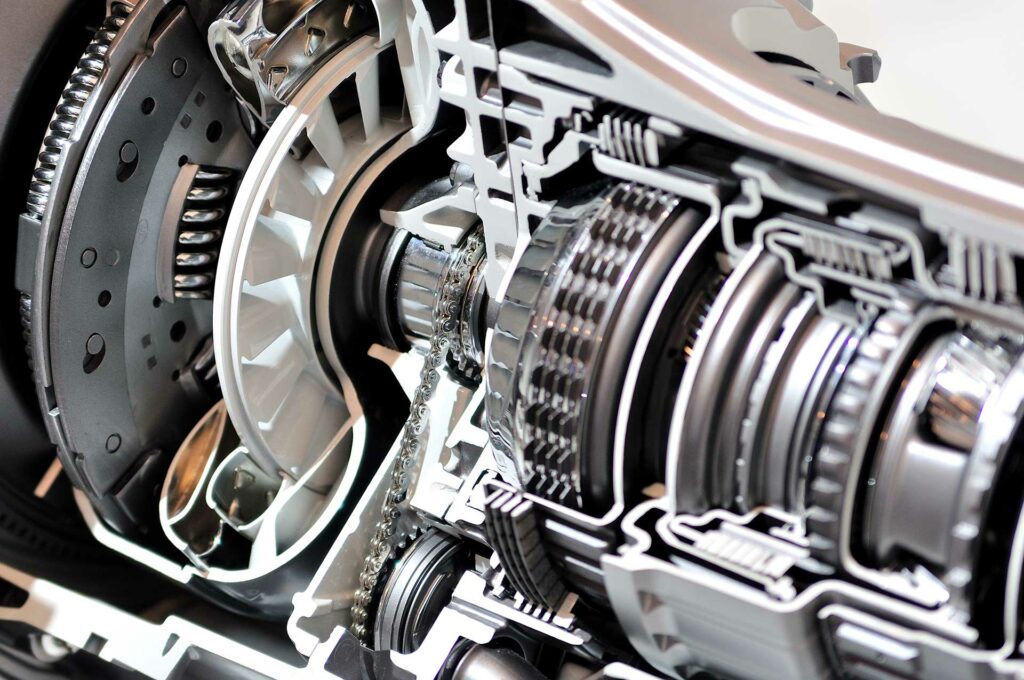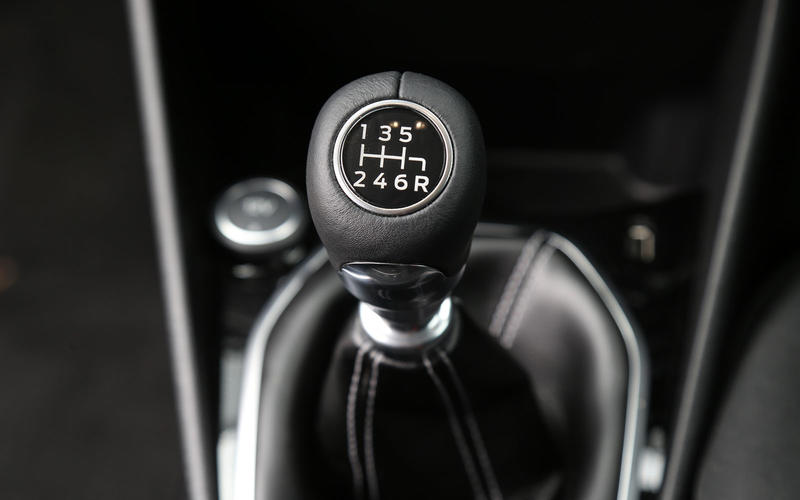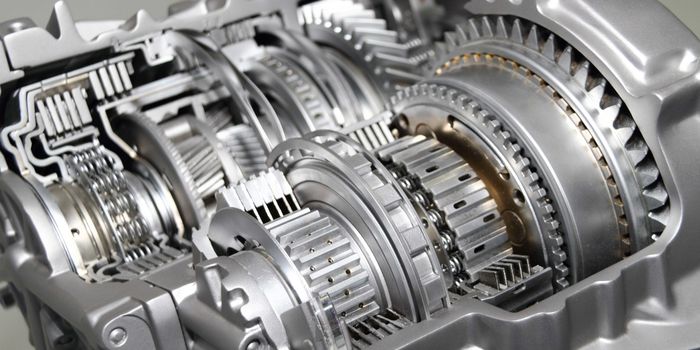In this article from Linquip, we want to talk about the difference between a gearbox and a transmission. Are they the same thing? Or do they differ from each other? If they are different, what separates them? And what is the main difference between gearbox and transmission? Continue reading this article to find out…
You’re probably aware that the gearbox is placed at the back of the Transmission, which is a series of gears that sends engine power to the wheels and allows a car to move. The gearbox is the transmission’s sidekick, while the transmission is the intermediary. Industrial applications need the use of Gearboxes and Transmissions Products. Several suppliers and companies, various manufacturers, and a large number of Distributors supply Gearbox and Transmission, and there are many gearboxes and transmissions for sale on Linquip.
There is a comprehensive range of gearbox and transmission services on the Linquip platform that meets all of your needs. Linquip can connect you with several different Gearbox and Transmission service providers and professionals who can help you. Linquip provides a list of Gearbox and Transmission Specialists as well as subject matter experts who can help you with your equipment testing.
By definition, a gearbox is part of a car’s transmission that contains a train of gears. The gear lever is connected to the gearbox. But, what about the transmission?
The gearbox is considered to be the transmission system’s second stage. It is bolted to the engine’s backside. The clutch is located between the transmission and the gearbox. The transmission is responsible to connect the prime mover to the end application, in this case, the gears, clutches, shafts, etc. The gearbox is also called a gearhead and gear reducer. One fact always remains the same: The gearbox holds the gear train or is known as a mechanical component or a unit that includes a sequence of integrated gears. This box that holds the gear train is known as the “housing” as well.
Up to this point, we can conclude that the most important difference between the gearbox and transmission is that they are two separate parts inside a car’s engine and the gearbox holds the gears. A shift car that is manual in today’s designs includes a 4 or 5-speed going forward gear, one reverse gear, and one neutral gear position.
Are gearbox and transmission related?
Keep in mind that all these three parts (gearbox, transmission, and clutch) are connected and a problem in one can affect the other. A problem in the gearbox may affect the clutch and a problem in the clutch may affect the gearbox. Problems in both these parts can affect the transmission as well. Different things can indicate a need to check the transmission in a car:
- Fluid leaking
- Whining and clunking noises
- A burning odor
- Stiffness of the gearbox
- Response to gearshift lacks
- Noises when the gear is in a neutral position
- Gears grinding
If you saw any of these signs, get your car checked by a professional to make sure it’s fixed before you use the car again.
Different types of gearbox
Gearbox has five different types:
- Automatic: Automatic gearbox enables the driver to drive without pushing the clutch. This gearbox contains different ratios, allowing the engine to have more power.
- Manual: Manual gearboxes are among the common ones that need the clutch to decouple the gearbox from the engine. The driver should push the clutch when he or she wants to shift the gears.
- Dual-Clutch: The dual-clutch gearbox is also known as DSG or PDK. It also goes by the name “power shift”. This gearbox uses two clutches. One clutch is used for even-numbered gears and the other is used for odd-numbered gears.
- Automated Manual, Semi-Automatic: This gearbox type contains automatic transmission except for a torque converter. This type also uses a clutch when the driver wants to change the gears.
- Continuously Variable Transmission: This gearbox is like the automatic one, except that it doesn’t have fixed ratios. A steel drive belt exists between the two pulleys of the engine. This unit affects the ratios by adjusting their diameters with the range of speed.

What about the transmission?
The transmission is in the power transmission system of a car and provides a controlled application of the power system. The gearbox is usually referred to as the 5-speed transmission. This gearbox contains gear trains. It provides speed and torque block conversions from a rotating power source to another system. The difference between gearbox and transmission is that, while these two are two separate units, the transmission refers to the whole drivetrain which includes the gearbox, clutch, prop shaft, final drive shafts, and differential. The transmission is usually used to reduce the higher engine speed to the slower wheel speed. It also increases torque as a result.
Keep in mind that the term “transmission” in America is usually used to refer to the gearbox alone.
A transmission usually contains multiple gears that can switch between them at various speeds. The switch between different gears can be done manually by an operator or automatically by using a control unit.
The transmission is usually connected to the crankshaft of the engine with the use of a clutch, a flywheel, or fluid coupling because internal combustion engines are not capable of running below a certain speed. The driveshaft receives the output of the transmission and transmits it to one or more differentials resulting in the driving of the wheels.
Another difference between gearbox and transmission is that transmissions are also used with alternative mechanisms such as torque converters and power transformation. Automatic transmissions utilize a valve body to change gears by using different fluid pressure in response to engine RPM, throttle input, as well as speed.
That was all there is to know about the difference between gearbox and transmission. What do you think about these two? Which one do you think is more critical for an engine? Comment below and share your thoughts with us. Don’t forget to signup on Linquip to talk to our experts and ask your questions. We will answer all your questions right away!
Download Difference Between Gearbox and Transmission PDF
Buy Equipment or Ask for a Service
By using Linquip RFQ Service, you can expect to receive quotations from various suppliers across multiple industries and regions.
Click Here to Request a Quotation From Suppliers and Service Providers
Read More on Linquip
- Differences Between Worm and Helical Gear
- Differences Between Engine and Transmission
- Gearbox Components and Parts: Everything You Need to Know
- Differences Between Worm and Bevel Gear
- Top 10 Gear Manufacturers and Suppliers in the USA
- The Stages of Reverse Engineering an Industrial Gearbox
- What is a Reduction Gearbox?
- What is a Helical Gearbox?
- What is a Bevel Gear and How Does it Work?
- What is a Worm Gearbox?
- What is Planetary Gearbox and How Does it Work?





